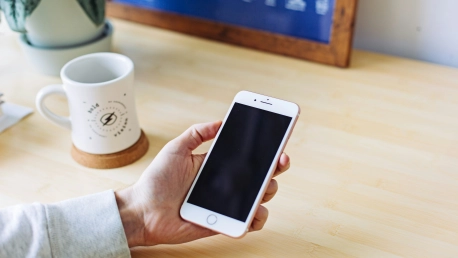Apple consistently leads innovation in the tech sector, particularly in prioritizing device security. Its latest iOS rollout introduces a groundbreaking “Stolen Device Protection” feature, elevating iPhone safety to new heights. This advancement is tailored to provide a robust defense against theft and unauthorized usage, ensuring personal information remains secure regardless of whose hands the device ends up in.Apple’s commitment to user privacy and security is a cornerstone of its ecosystem, and with each iOS enhancement, the company strives to fortify this reputation. The “Stolen Device Protection” is a testament to Apple’s dedication, aiming to deter thieves and provide users with peace of mind even in the unfortunate event of a lost or stolen iPhone.At a time when digital security concerns are escalating, features like these are critical. Users can rest assured that their personal data, photos, and confidential information are protected with advanced encryption and security protocols. This new feature manifests Apple’s continuous agenda to deliver not just cutting-edge technology but also secure and user-centric solutions that cater to the ever-evolving landscape of digital threats.
Understanding Stolen Device Protection
The Stolen Device Protection feature is a substantial step forward for iPhone security. It is integrated into the latest operating system, iOS 17.3, and is supported on a range of models starting from the iPhone XS. What sets this feature apart is its ability to prevent unauthorized users from making critical changes to the device’s settings and your Apple ID account. Even if someone knows your passcode or physically possesses your iPhone, they cannot modify the Apple ID password, disable Find My iPhone, or perform a factory reset on the device.The practicality of this feature lies in its reliance on Apple’s robust biometric authentication systems – Face ID and Touch ID. Face ID uses a sophisticated TrueDepth camera setup to accurately map and recognize the user’s face, while Touch ID uses a sensor on the Home button to read fingerprints. When the Stolen Device Protection is activated, the device refrains from accepting the passcode as an alternative authentication method, necessitating the user’s biometric input to gain access.
Activation and Usage
To secure your iPhone against theft or loss, activate the Stolen Device Protection feature. Begin by opening the “Settings” app and selecting “Face ID & Passcode” or “Touch ID & Passcode,” depending on your iPhone model. After entering your passcode, look for the “Stolen Device Protection” option and switch it on; it will turn green to indicate activation.Once enabled, this feature serves as a robust safeguard. Should the iPhone be locked, normal passcode attempts will fail. Instead, a prompt will appear, reminding users to use Face ID or Touch ID. Sometimes, a countdown timer might also display for certain actions requiring extra verification.This feature thus provides a powerful layer of security, leveraging biometric authentication to ensure that personal data remains protected, even in the unfortunate event that the iPhone is misplaced or taken. The use of biometric data as a primary defense against unauthorized access significantly reduces the risk of data compromise from lost or stolen iPhones.









